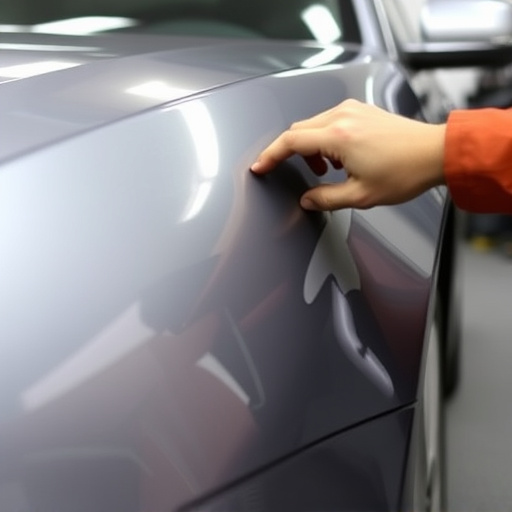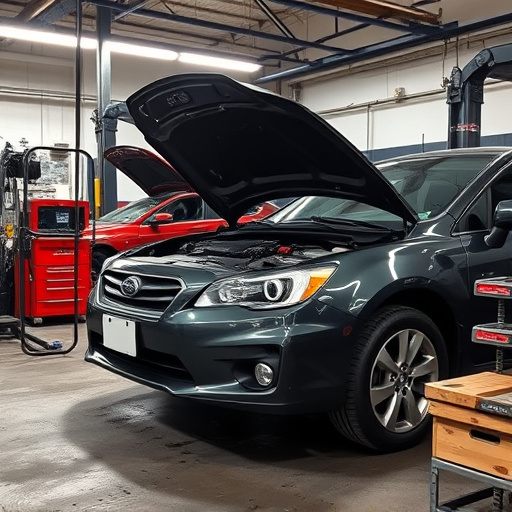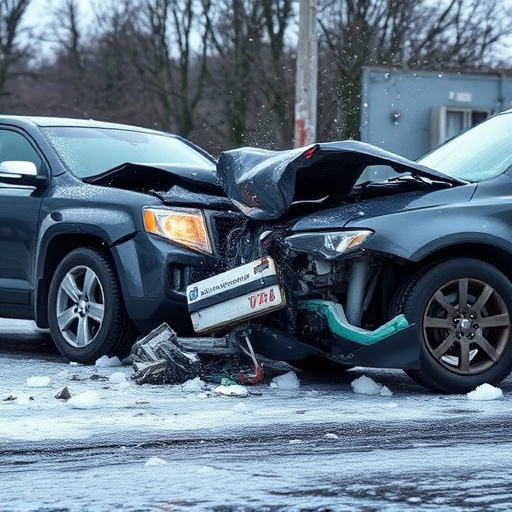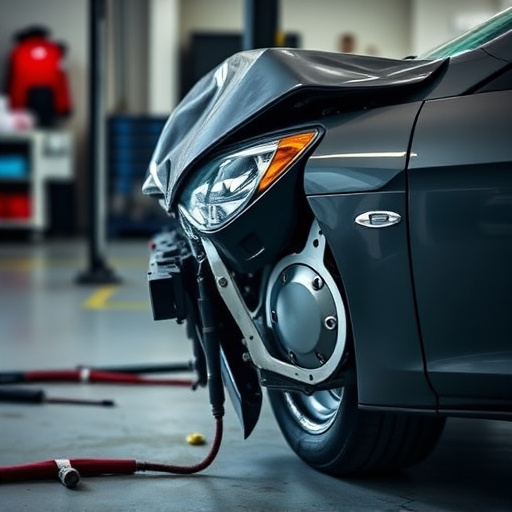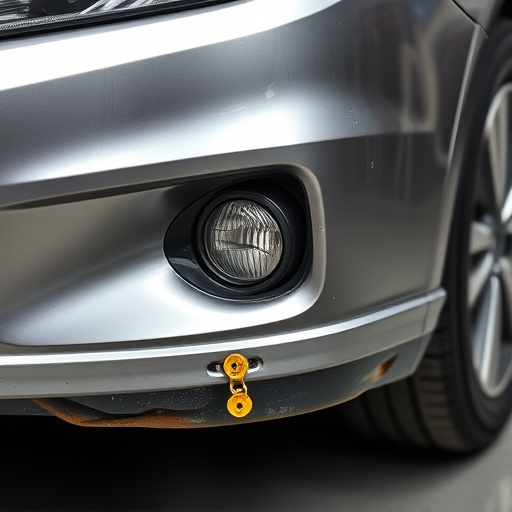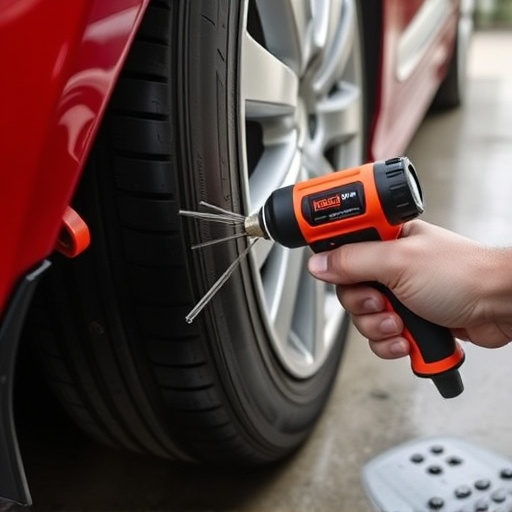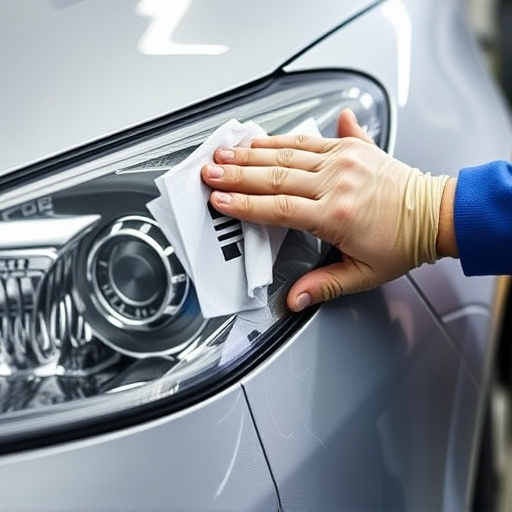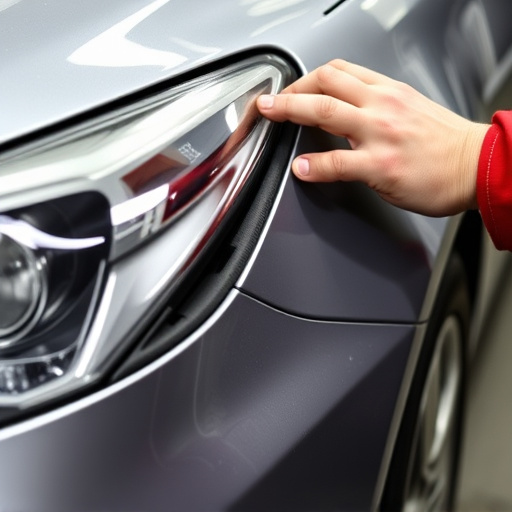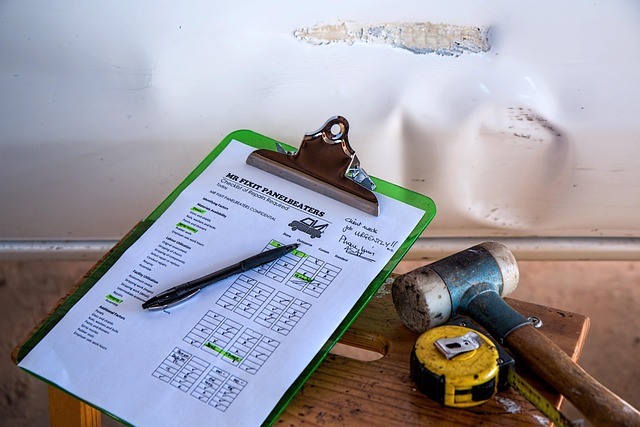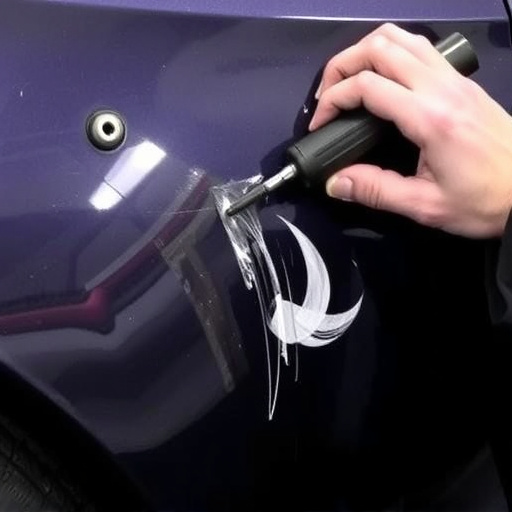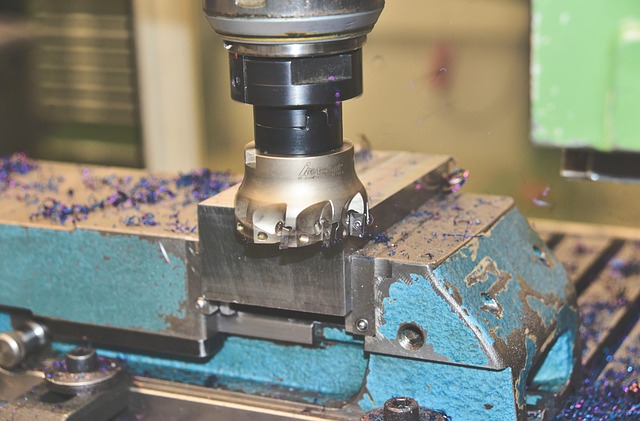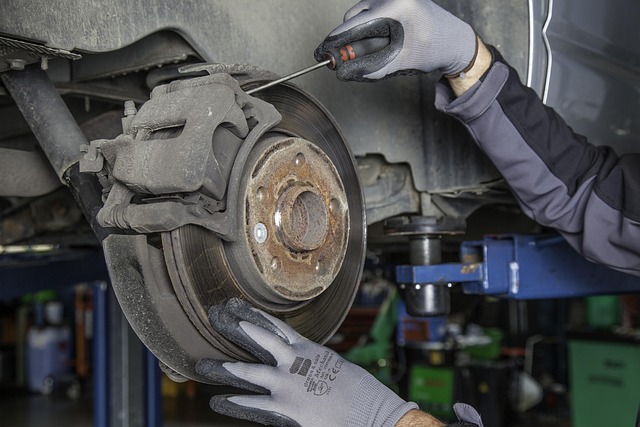Modern computerized diagnostics repair tools revolutionize auto maintenance by precisely identifying subtle issues missed by traditional methods. While interpreting scan data requires caution due to potential complex issue masking, these technologies enhance efficiency, accuracy and cost savings in repairs like dent removal, especially for detailed tasks like classic car restoration or collision damage.
Uncover the mysterious world of computerized diagnostics repair with our in-depth exploration. From detecting subtle errors to optimizing system efficiency, this article reveals seven crucial secrets. Learn how advanced scanning tools can pinpoint issues often overlooked and understand common pitfalls in interpretation. Discover efficient strategies for accurate diagnoses, ensuring your computer systems run smoothly. Optimize performance and save costs by mastering these techniques, essential knowledge for any tech-savvy individual.
- Unveiling Hidden Errors: Advanced Computerized Diagnostics
- Common Pitfalls in Interpreting Machine Repair Scans
- Optimizing Efficiency: Tools for Accurate Diagnoses
Unveiling Hidden Errors: Advanced Computerized Diagnostics

Unveiling Hidden Errors: Advanced Computerized Diagnostics
In today’s digital age, computerized diagnostics have become an indispensable tool for mechanics and automotive experts. These advanced systems go beyond traditional methods by providing detailed insights into a vehicle’s performance and identifying even the subtlest of issues. By analyzing sensor data, engine parameters, and other critical factors, these diagnostics can uncover hidden errors that might otherwise remain undetected during routine inspections. This capability is a game-changer in the world of car bodywork services and computerized diagnostics repair, ensuring vehicles receive the precise care they need.
Advanced diagnostics tools can pinpoint problems with precision, whether it’s a sensor malfunction causing inefficient fuel injection or an obscure electrical issue affecting a vehicle’s lighting system. This level of accuracy not only saves time but also facilitates more effective dent removal and vehicle bodywork repairs. Mechanics can focus their efforts on the specific areas requiring attention, leading to higher repair quality and customer satisfaction. With these sophisticated systems, the future of car maintenance looks set to be more efficient, precise, and thorough.
Common Pitfalls in Interpreting Machine Repair Scans

When relying on computerized diagnostics for vehicle repairs, it’s important to be aware of potential pitfalls that can lead to misinterpretations. These scans provide a wealth of data, but they don’t always tell the whole story. For instance, a scan might indicate an issue with your engine, but without further context or physical inspection, it could be attributed to various factors—from a loose connection to more serious problems. It’s easy to jump to conclusions based on these scans, especially when coupled with modern diagnostic tools that can seem intimidating.
One common mistake is assuming that a code from the computer translates directly to a specific repair. Many car owners might see “check engine” lights and immediately think it’s a major issue, but the scan could be triggered by something as simple as a dirty air filter or loose gas cap—problems easily remedied. In the realm of classic car restoration or collision damage repair, these scans can be even more challenging due to the complex interplay between various systems. Therefore, tire services and thorough inspections are crucial before diving into costly repairs.
Optimizing Efficiency: Tools for Accurate Diagnoses
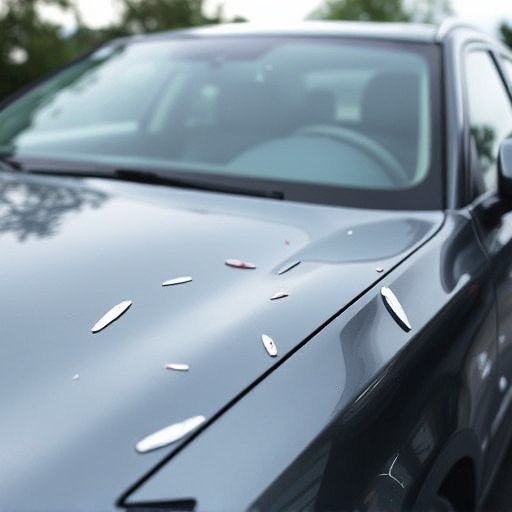
In the realm of computerized diagnostics repair, efficiency is key. Modern auto repair services leverage advanced tools to streamline the diagnosis process, ensuring faster and more accurate results. These tools go beyond basic troubleshooting by providing detailed insights into a vehicle’s systems, allowing for precise identification of issues. For example, specialized software can scan and interpret data from sensors, engines, and other components, pinpointing problems that may be invisible to the naked eye.
This technological advancement in computerized diagnostics repair extends beyond mere problem detection. It facilitates effective automotive restoration by providing a roadmap for technicians. With access to comprehensive data, they can implement targeted solutions, minimizing the time spent on trial-and-error methods. As a result, these efficient diagnostic tools not only enhance the accuracy of repairs but also contribute to cost savings and improved customer satisfaction in dent removal and other auto repair services.
Computerized diagnostics repair is a complex yet indispensable aspect of modern vehicle maintenance. By understanding hidden errors, avoiding common pitfalls in interpretation, and leveraging optimized tools, technicians can deliver more accurate diagnoses and efficient repairs. Embracing these secrets not only enhances service quality but also streamlines the overall car care experience for all involved.
